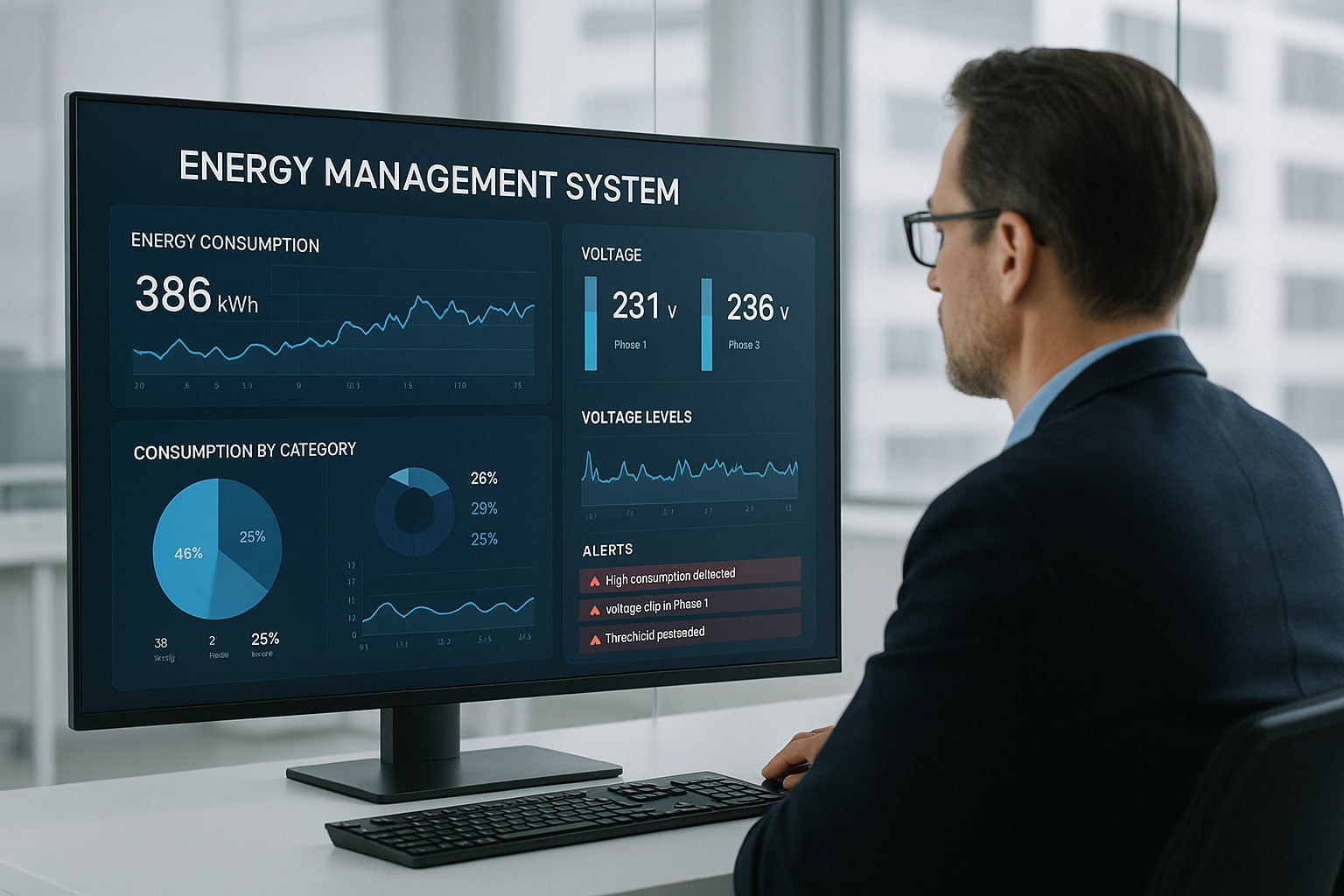
The increasing complexity of electric compliance, coupled with growing sustainability goals, has amplified the need for smarter and more efficient solutions. Enter AI (Artificial Intelligence) and IoT (Internet of Things), two powerful technologies revolutionizing industries by merging intelligence and connectivity.
This post explores how AI and IoT are transforming electric compliance. We will examine their individual contributions, the benefits of integrating these tools, real-world applications, and the ways they empower businesses to stay ahead in an increasingly regulated landscape.
Electric compliance safeguards people, infrastructure, and the environment. From ensuring workplace safety standards to managing power grids, compliance is critical for preventing malfunctions, reducing risks, and operating within legal parameters.
Yet, traditional methods of compliance tracking, such as manual inspections and evaluations, can be labor-intensive and vulnerable to human error. Additionally, expanding regulatory frameworks and sustainability initiatives create an urgent need for automated and data-driven solutions.
This is where AI and IoT step in.
Artificial Intelligence (AI) refers to the simulation of human intelligence processes by machines. AI thrives on algorithms designed to process, analyze, and act upon data. These capabilities make it a perfect ally for managing large-scale compliance tasks. Here’s how AI contributes to electric compliance:
The Internet of Things (IoT) is a network of interconnected devices capable of communicating and exchanging data. These “smart” devices support compliance operations by providing actionable, real-time insights. IoT sensors are commonly deployed to collect data at the device level, including temperature, pressure, and electrical usage.
IoT and AI work hand in hand to refine processes, as IoT sensors feed AI algorithms the data needed to assess compliance conditions and identify potential risks.
When implemented effectively, AI and IoT offer wide-ranging benefits to businesses, revolutionizing their approach to electric compliance. Examples include:
AI and IoT minimize human error by automating tasks such as data collection, auditing, and reporting. IoT devices monitor environmental factors like voltage fluctuations or equipment performance, sending highly detailed data to AI systems for real-time analysis.
With predictive analytics, businesses are notified of potential issues before they escalate into costly failures. For example, AI-driven insights can prompt immediate action if IoT sensors detect irregular currents or overheating.
AI-powered platforms streamline compliance reporting. Whether it’s extracting key metrics from IoT-collected data or formatting detailed regulatory reports, the process becomes faster and more reliable.
By proactively addressing compliance risks and reducing downtime, businesses save money on repairs, penalties, and losses from potential equipment failures. AI enables efficient resource allocation, while IoT enables precise monitoring, reducing unnecessary maintenance expenses.
AI and IoT help organizations reduce their environmental footprint by optimizing energy consumption and ensuring systems operate efficiently within regulatory standards. For example, IoT devices track energy emissions while AI enforces compliance with sustainability goals.
Across industries, AI and IoT have already proven their value in enhancing electric compliance. Here are some examples:
Grid operators use AI algorithms and IoT-connected devices to monitor grid health in real time. These systems proactively detect issues like voltage imbalances, preventing blackouts while maintaining compliance with energy regulations.
Manufacturing plants deploy IoT sensors to monitor heavy machinery. AI systems analyze the data to predict potential breakdowns, ensuring compliance with labor safety and operational standards.
Smart buildings make use of AI and IoT to regulate electrical supplies, maintaining proper settings for lighting, heating, and cooling. These measures ensure compliance with commercial energy efficiency regulations.
With AI analyzing usage patterns and IoT sensors monitoring EV chargers, charging infrastructure compliance is maintained effectively. Systems stay aligned with federal and local requirements.
Solar farms and wind turbines generate vast amounts of compliance data. AI and IoT tools analyze every variable, ensuring legal adherence while optimizing energy output.
While their potential is undeniable, integrating AI and IoT into electric compliance does come with its hurdles:
Addressing these challenges requires a clear strategy, robust cybersecurity frameworks, and selecting the right technology partners.
Businesses that aim to incorporate AI and IoT into their compliance processes should take the following steps:
The integration of AI and IoT signals a compelling future for electric compliance. By combining intelligent analysis with connected devices, businesses can transform compliance from a reactive necessity to a proactive advantage. These technologies empower organizations to not only remain legally sound but also to enhance operational efficiency, reduce costs, and contribute to sustainability efforts.
For businesses ready to stay ahead in an increasingly competitive and regulated world, adopting AI and IoT in compliance is no longer optional. It is the key to maintaining accuracy, seizing innovation, and cultivating trust.